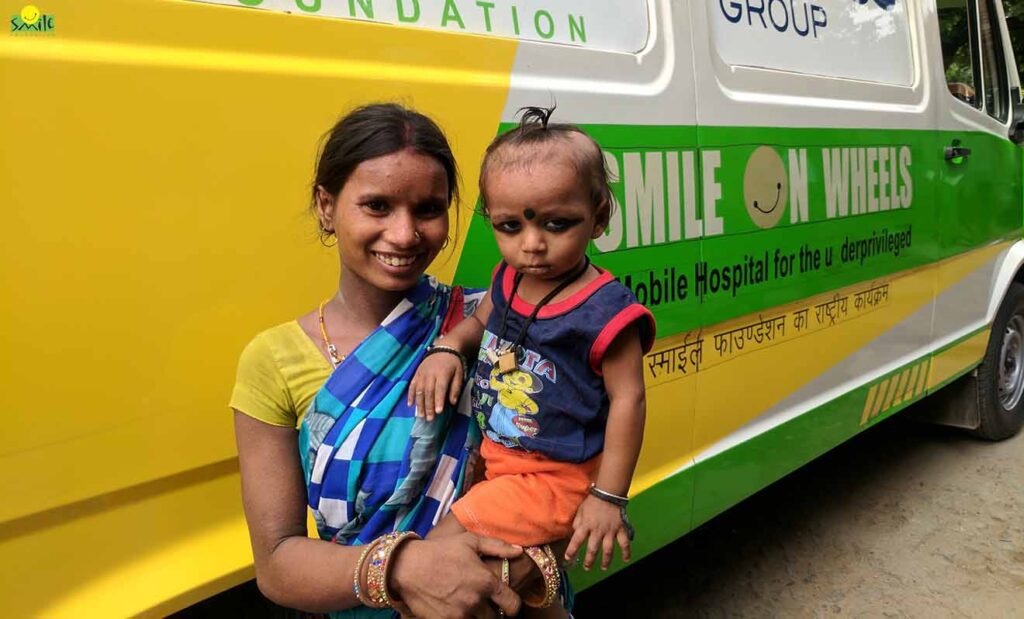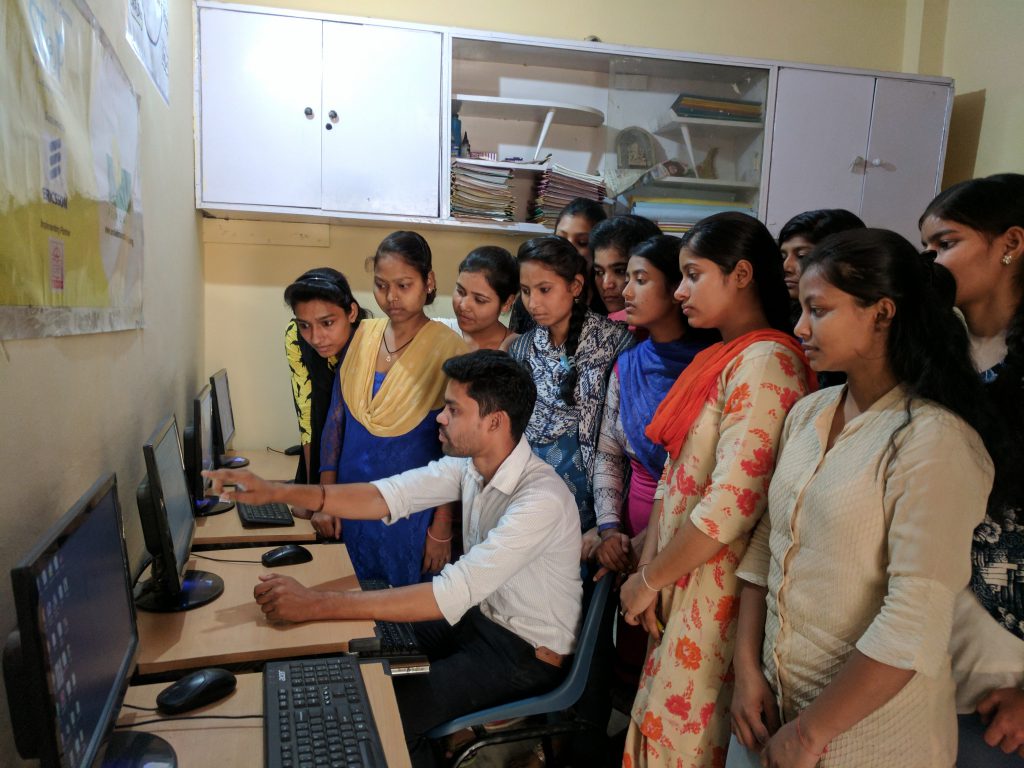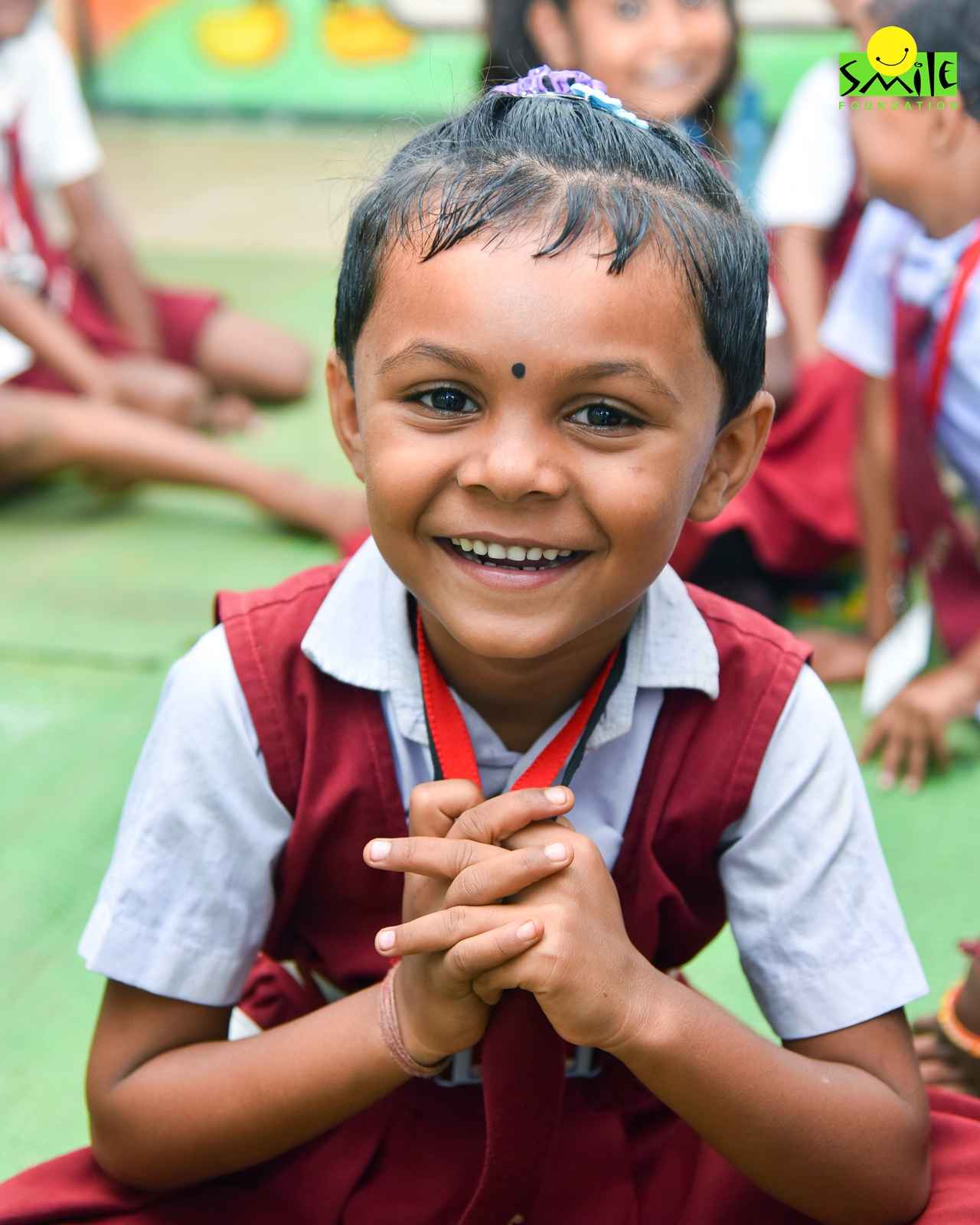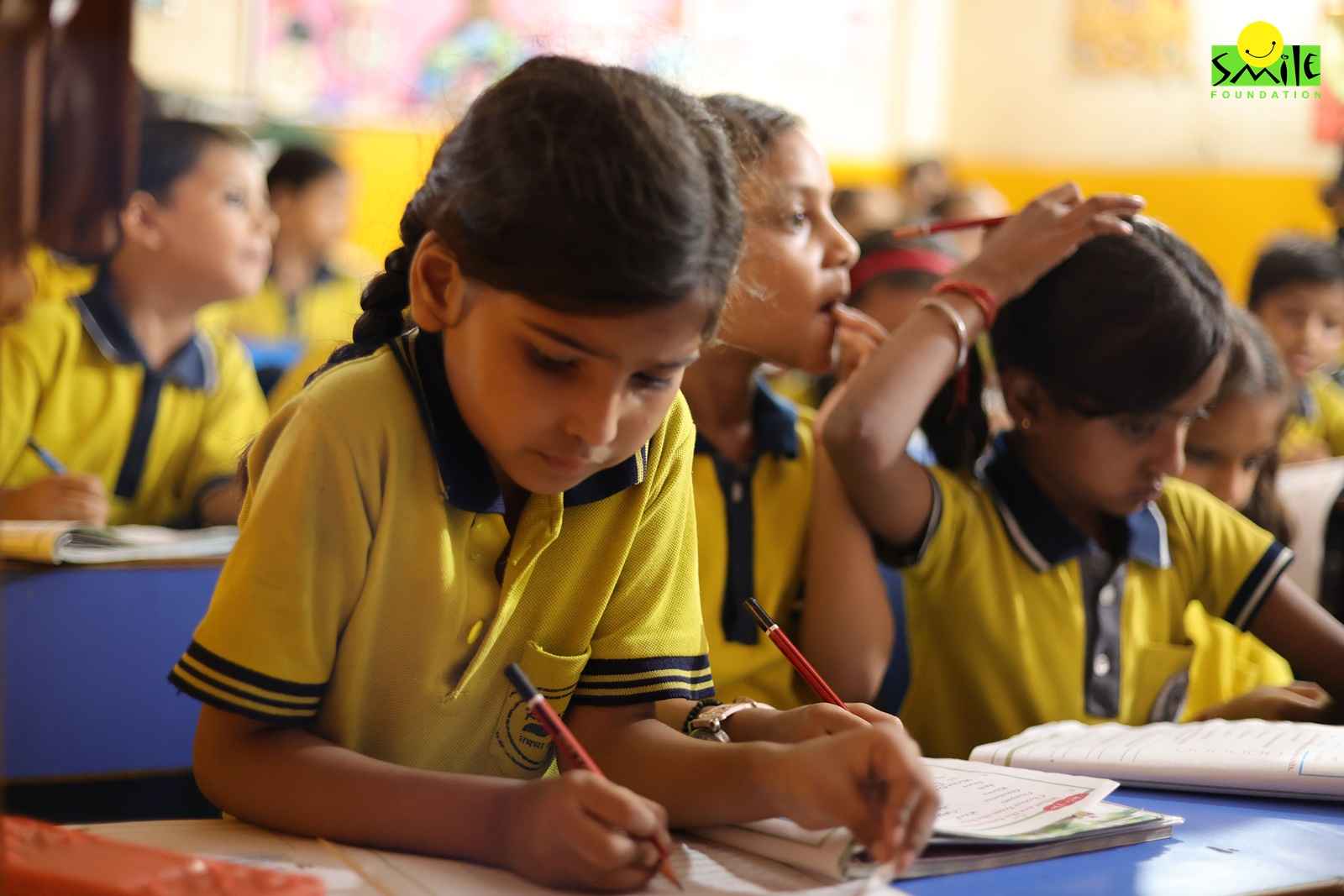Embarking on the journey towards Sustainable Development Goal 2 (SDG-2), the global commitment to combat malnutrition by 2030, demands a closer examination of the challenges hindering progress. With a specific focus on addressing the nutritional needs of adolescents, pregnant, and lactating women, SDG-2 seeks to break the shackles of undernourishment. However, half of the undernourished child population resides in low-middle-income countries, intensifying the complexity of achieving meaningful progress. Unraveling the layers contributing to malnutrition becomes a pivotal step in crafting effective solutions.
In alignment with the commitment of India to SDG-2, September witnesses nationwide celebrations of “POSHAN Maah,” an annual initiative dedicated to raising awareness about the importance of nutrition. The nutritional policies of India, spanning both preventive and curative aspects, have made significant strides. Yet, the challenges persist, evident in the 8% increase in anemic children aged 6-59 months between NFHS-4 and 5. The focal point for progress lies in addressing the key drivers of malnutrition, particularly child wasting.
Child growth monitoring and wasting management primarily unfold at Anganwadi Centers (AWCs) in India. These centers play a crucial role in the nutrition management system, covering early pregnancy registration, antenatal care (ANC), breastfeeding counseling, and child growth monitoring. Despite institutional efforts, reducing child wasting remains slow in specific regions, such as Telangana, Maharashtra, Gujarat, and Bihar, where more than 25% of children are wasted (NFHS-5). Addressing intermediate factors, like poor maternal health and inadequate dietary diversity, becomes paramount in this complex web.
Addressing The Intergeneration Cycle of Malnutrition
While focusing on nutritious diets during early childhood is pivotal, neglecting the nutritional status of pregnant and lactating women can perpetuate the intergenerational cycle of malnutrition. Poor nutrition during pregnancy increases the risk of adverse outcomes, including low birth weight and early childhood wasting. The World Health Organization recommends consuming food from at least four food groups within 24 hours to ensure minimum dietary diversity, a criterion often unmet in India. NFHS-5 reveals alarming statistics, with 40% of women not consuming any fruit and 24% skipping milk or curd. Additionally, 19% of women have a BMI less than 18, while 8% fall under the severely thin category (BMI less than 17). Poor maternal nutrition persists in various social and geographical pockets, significantly contributing to adverse pregnancy outcomes and early childhood wasting.
Child Wasting In India: The Way Forward
Breaking the intergenerational cycle of malnutrition in India demands a multifaceted approach, with a primary focus on promoting dietary diversity among women, especially during pregnancy and lactation. Encouraging the consumption of a variety of fruits, vegetables, and milk products can provide essential vitamins, protein, and calcium. However, addressing low dietary diversity requires concerted efforts to tackle the economic drivers of malnutrition.
Cash transfer schemes, exemplified by Pradhan Mantri Matru Vandana Yojana (PMMVY), play a pivotal role in addressing economic drivers by directly transferring money to women’s bank accounts and connecting them with formal healthcare services early in pregnancy. Economic support, coupled with community empowerment through knowledge dissemination about diverse and nutritious foods, emerges as a holistic strategy.
Reviving the importance of locally available nutrient-rich foods, such as millets in regions like Rajasthan and Madhya Pradesh, presents a cost-effective and sustainable solution. For effective community awareness, front-line workers equipped with actionable messaging can play a vital role. Training them on communicating the importance of diverse foods for healthy pregnancy empowers communities to make informed decisions about their dietary habits.
Household Nutritional Security
While knowledge about healthcare and a nutritious diet during pregnancy is crucial, its impact may be limited unless all family stakeholders actively participate. Ensuring household nutritional security necessitates targeted efforts to address intra-household gender norms perpetuating situations where “women are last to eat and least to eat.”
At the operational level, collaboration among government agencies, healthcare providers, community organizations, and families is imperative. Implementing effective strategies and interventions that prioritize the nutritional needs of pregnant women requires addressing underlying factors and fostering a supportive environment within and outside the household. India, by tackling these challenges head-on, can significantly enhance maternal nutrition, reduce the risk of adverse pregnancy outcomes, and ultimately break the cycle of child wasting. As we navigate this journey, acknowledging the interconnectedness of factors influencing malnutrition is pivotal, ensuring collective efforts for lasting change.
Smile Foundation’s women empowerment programme, Swabhiman, focuses on taking care of the nutritional needs of pregnant women and becomes a guiding principle. By imparting knowledge about diverse and nutritious foods, the program ensures that pregnant women have the information needed to make healthy dietary choices. Additionally, Swabhiman addresses economic drivers by providing opportunities for financial independence through skill development, directly impacting the ability of women in general to access nutritious foods.









